It looks like Volkswagen’s first non-SUV EV to arrive in America will be a success.
The landscape of America is dominated by SUVs. They account for about half of all sold automobiles. Thus, it seems sense that Volkswagen chose the ID.4 as the launchpad for their post-Dieselgate EV offensive in the US. It’s modest by SUV standards, but an SUV none the less.
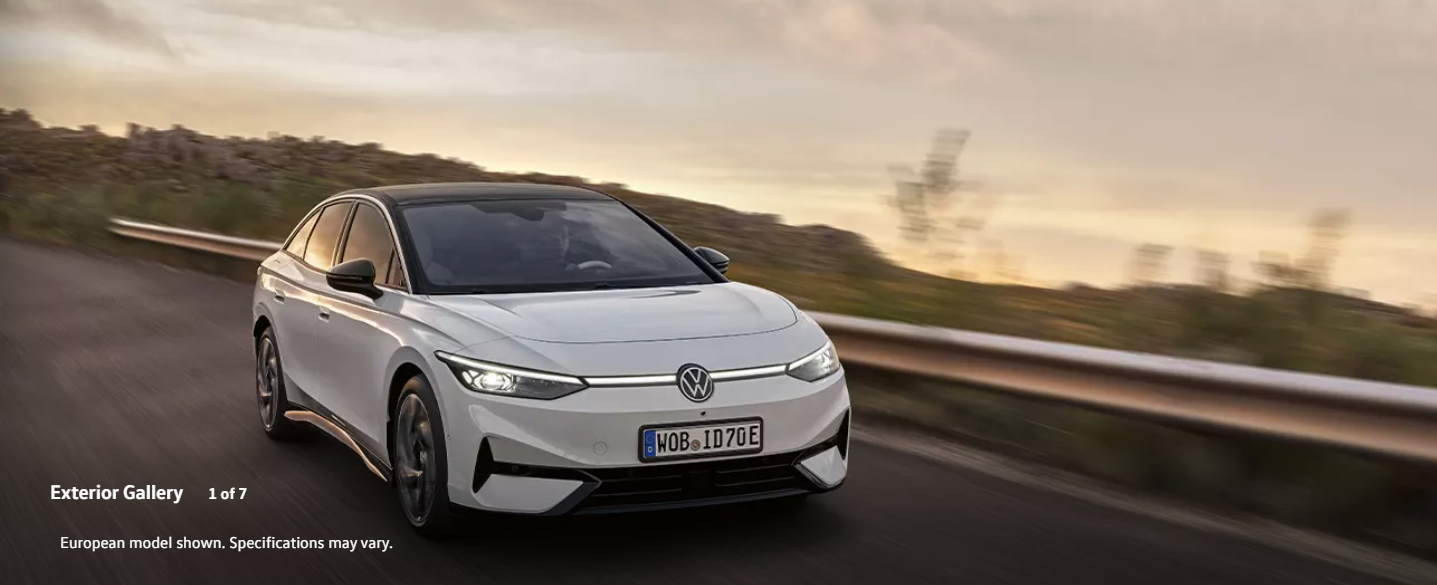
And after that, nothing. years at a time. We were made to wait while European purchasers had the option of the new ID Buzz van and the ID.3 hatchback, which we’ll probably never get. Now, Volkswagen is not only releasing its eagerly anticipated ID, but also its reto-minded EV van.Also arriving at US dealers in 2024 is the 7 sedan.
Table of Contents
Volkswagen has been quietly planting the seeds of anticipation for this long, luxurious trip.
Volkswagen has been subtly sowing the seeds of excitement for this lengthy and opulent journey. I had the good fortune to drive a pre-production, German-spec ID.7 about town for a few days, even though the car won’t be arriving at dealers until later this year. Even though I didn’t have the most amazing driving experience with this sedan, I’m genuinely thrilled with what Volkswagen seems poised to give after some freezing winter weather testing.
What is it?
One sort of sedan that is becoming less frequent in the US is the 2024 ID.7. Compared to the well-proportioned Arteon sedan, which is exiting the US market as the sedan market as a whole declines, its wheelbase is five inches larger.
Even while the ID.7 isn’t the most visually striking sedan available right now, its sleek, elegant style gives it a more presence than the modest ID.4. However, there are undoubtedly certain design cues from the 4. Chief among them is the one sweeping line that creates the roof, extending from the windshield root along the front A-pillar, over the doors, and back down to the trunk.
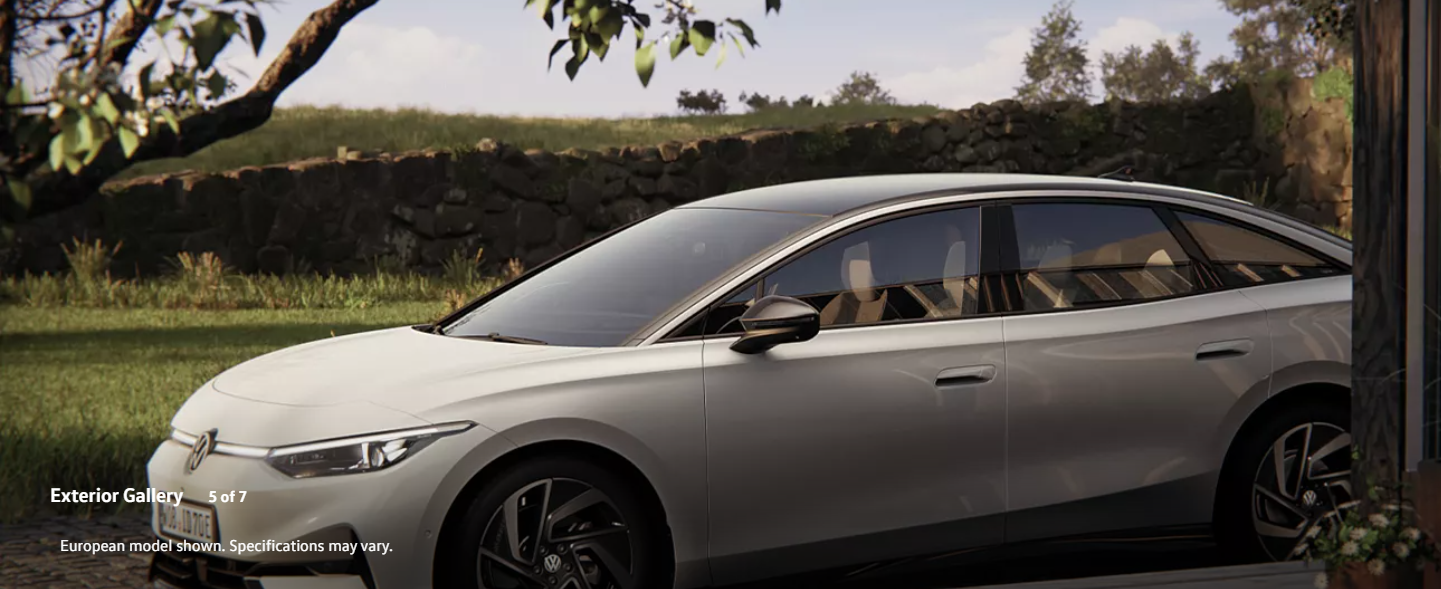
The ID.7 has a lot less chrome and embellishments than the Arteon, but otherwise the profiles are rather similar. The nose has undergone the most modification. The electric ID.7, with its lower cooling requirements, only features a modest air outlet down low on a nearly featureless nose, in contrast to the Arteon, which has a prominent grille.
The ID.7 isn't the most visually striking sedan available right now.
Overall, the vehicle gives off the image of being elegant and regal, particularly in this delicate shade of moonstone gray. I have been informed, though, that the final US sedan will have a little more aggressive-looking snout.
Before we go any further, let me clarify that even though this car lacks a functional trunk, I’m still referring to it as a sedan. Similar to the Arteon, the ID.7 features a liftback hatch that opens to reveal a roomy 18.7 cubic feet of cargo space. To put it in perspective, that is almost 25% more than a Camry.
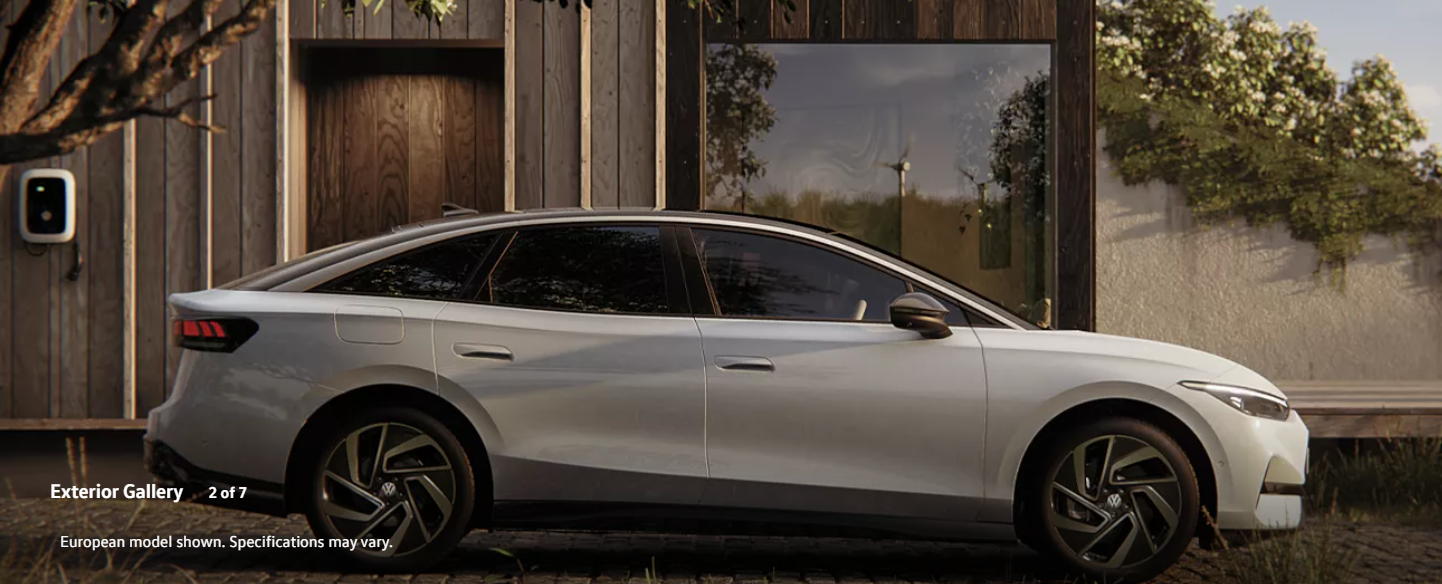
With a simple pull of a small lever on either side of the luggage compartment, the back seats can be folded down, more than tripling the cargo capacity to 56 cubic feet.
Although there are good numbers, there isn’t any storage room up there, which is unfortunate for aficionados of frunk. The high-voltage equipment is visible when you open the hood, but not even a token cubby for charging wires is present.
Although I’m aware that will annoy some of you, I don’t mind. EVs lack engines, but their heat pumps, chillers, inverters, and other parts still need to travel somewhere. The rest of the car’s layout becomes visible when they are stuffed under the hood.
Additionally, the arrangement is roomy. There is sufficient legroom in the back seats for a power forward. With the seat heaters blazing, even the tallest people can spread out, look up through the panoramic sunroof, and enjoy. In addition to being rather comfy, the back chairs provide some lateral support.
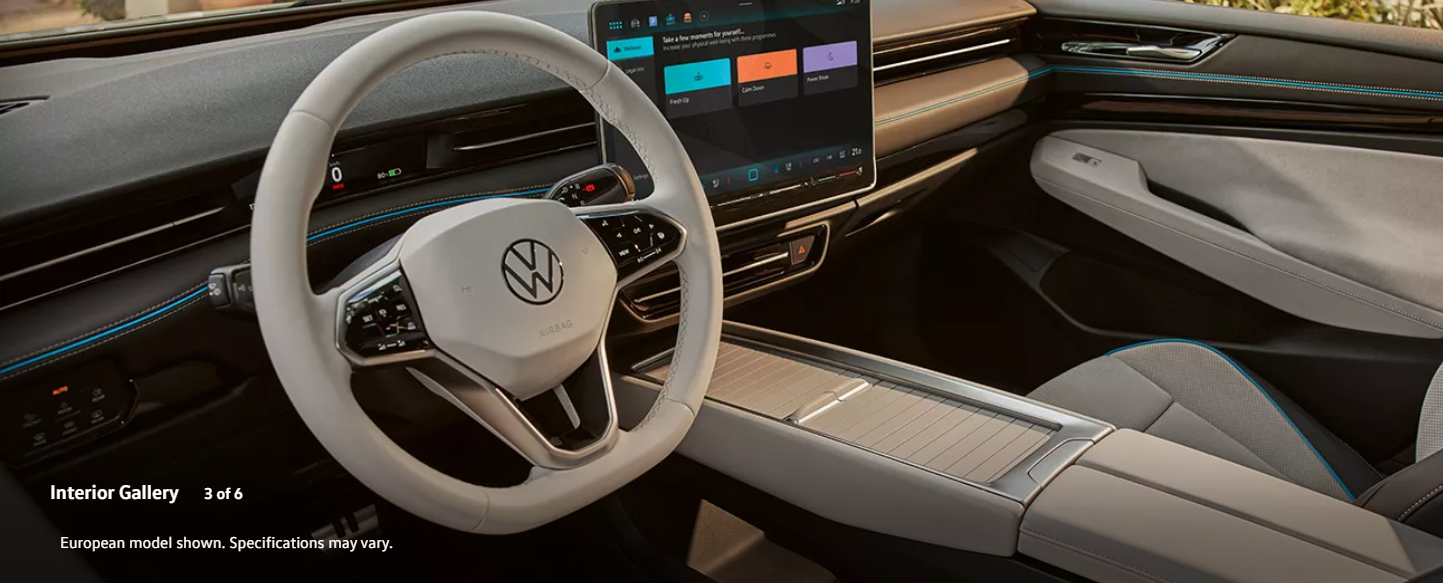
Beyond that, though, there aren’t many amenities in the back seat: a few USB-C connections for charging gadgets and a few roomy door pockets for holding Steam Decks or water bottles.
Additionally, there is a ton of storage up front, including a center console that floats and has space underneath for puppies or purses of a reasonable size. A sliding cover on the forward portion of the armrest reveals two additional USB-C ports, a wireless charger, and cupholders. There is a large, deep depression in the aft section that is ideal for storing items you wish to forget about.
The front seats are even cozier than the back ones. Rich, velvety, and sueded with “Art Velours” and Artex microfibers, these couches are not only amazing to live in but also aesthetically beautiful due to their perforations and blue piping. In addition to having a massage feature, the front seats are heated and cooled.
The ID.7’s seats are decent, but nothing very new about them. Volkswagen has combined them with some reason, though, to produce an in-car experience that is incredibly perceptive of your wants.
The ID.7, like a great deal of modern autos, features a voice assistant that may be called up by name. This one is known by VW as Ida, but you are free to nickname it anything else. Everything is taken care of by the voice assistant, including changing in-car settings and doing navigational tasks like entering addresses or locating the nearest Starbucks.
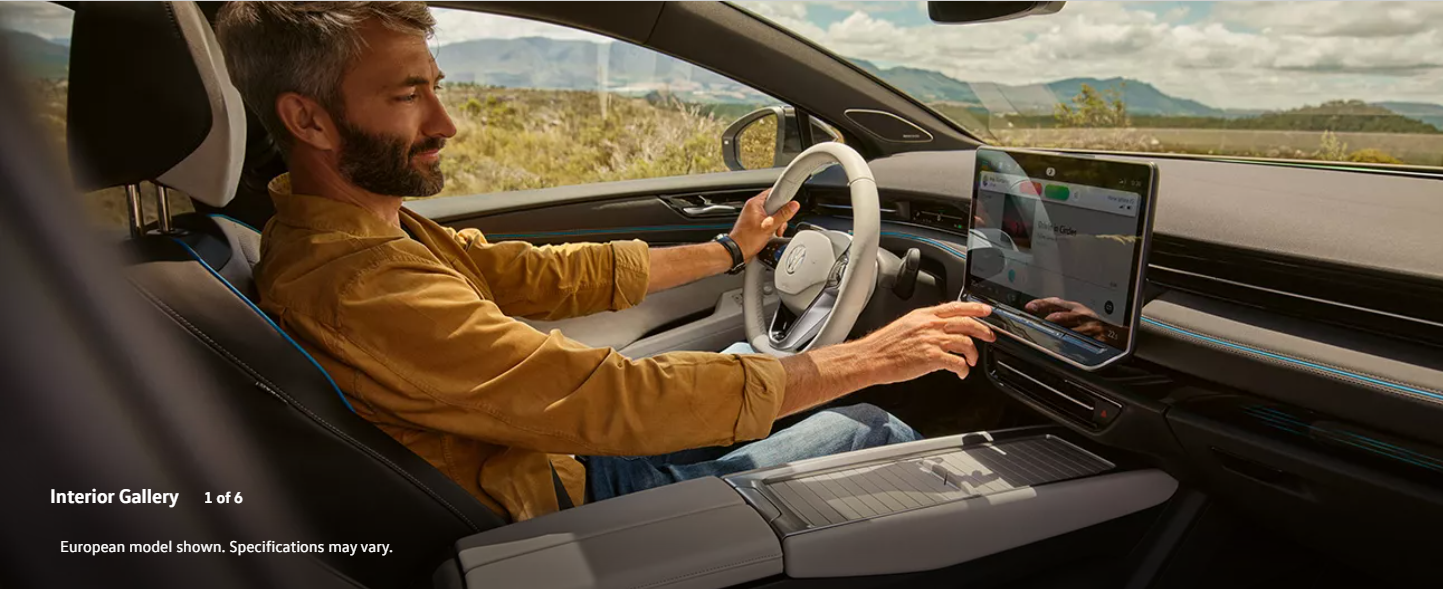
What’s really exciting is what the ID.7’s HVAC system and voice assistant can accomplish. Saying something like, “Hello, Ida, my feet are cold,” will cause warm air to descend into the cabin.
Volkswagen initially demonstrated this in the ID.4, but with the ID.7, the digital vents on the vehicle elevate it to a new level. If the only person in the car is you, the HVAC system will automatically center all the vents on you for optimal tootsie roasting when you say, “I’m cold.”
Other clever features include a “Dry Boost” seat option that mixes ventilation and heating. It is intended to be a temporary solution for when conditions down there start to become a little swampy.
Overall, the vehicle gives the appearance of being elegant and majestic.
The 15-inch touchscreen, which is prominently located in the middle of the dashboard, controls everything that voice control cannot. The ID.7 has an easily adjustable, bright, and clean interface that you’ll probably just replace with Apple CarPlay or Android Auto (both wireless). However, it’s all simple and quick to change the settings of your car or quickly access the heating controls when it comes to the fundamentals.
Volkswagen’s software interface has improved significantly since its clumsy introduction with the ID.4 model four years ago.
There are additional controls on the steering wheel, sadly, and these are capacitive touch in nature. I was relieved to discover that Volkswagen had switched back to real buttons for the forthcoming Golf after using them on the ID.4 to mostly unfavorable reviews. Not in this instance.
I regret not having a physical volume knob as well, but I think I’m becoming less and less alone in that.
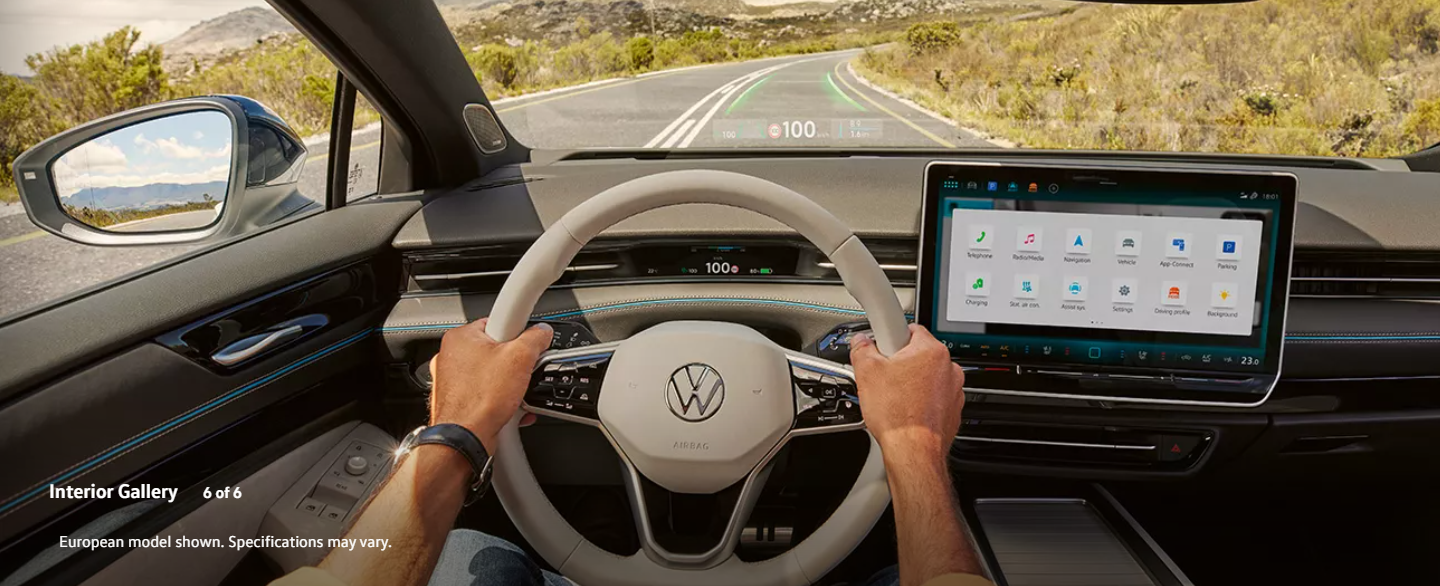
Like the Ford Mustang Mach-E or the ID.4, the ID.7 sports a very modest instrument cluster behind the steering wheel despite its size. Even so, it provides all the necessary information on speed and vehicle status.
However, needs and wants differ, so you should have a look at the roomy augmented reality heads-up display. Another thin gauge cluster, projecting onto the windscreen, provides additional information regarding the level of charge and active safety systems. The larger tricks take place higher on the glass, but it’s somewhat similar to the gauge cluster, leaving me to question if the latter is really required.
The HUD acts as a sort of visual cue to stop meandering and get your ass back in line when you stray too far out of the lane by painting a flashing orange line on the road. Additionally, it will support various active safety alerts and navigation cues.
Make sure to look at the large augmented reality heads-up display.
I’ll give it some leeway even if it’s not nearly as sophisticated as the Mercedes-Benz EQS sedan’s HUD, which costs roughly twice as much as this one. I adore seeing cutting-edge technology making its way into more affordable vehicles like these.
Unfortunately, I was unable to test out the navigation. This German vehicle was delivered to me without any local map data, so the navigation system was just a large, white box. There were no highways, no attractions, not even a Starbucks. I was therefore unable to test the ID.7’s augmented reality navigation system. However, having utilized these systems on other vehicles in the past, I can attest that it is far more difficult to miss your turn when there is a massive arrow floating in space, physically indicating the way home.
If that weren’t enough, the ID.7 adds to the row of LEDs on the windshield that the ID.4 already has. In order to alert you to impending turns and wandering pedestrians, they will blink and flash.
In many respects, the Volkswagen ID.7 is a premium vehicle, and I would characterize the driving experience as such. or, more accurately, the absence of dynamic. I drove the rear-wheel drive trim level, which has 282 horsepower and 402 pound-feet of torque, the same as the first cars to be sold in the US later this year.
In most sedans, those figures might be reasonable, but keep in mind that this is a long EV with a sizable battery pack. Because it is a heavy bike, the acceleration is good but not very quick.
There will soon be a dual-motor all-wheel drive version available if you’re the kind that demands more power. To be honest, though, I didn’t need or want the ID.7 to function as a spacecraft.
There are a ton of other EVs vying for the title of kidney-bursting acceleration. More manufacturers should, in my opinion, prioritize comfort and ride quality. The ID.7 is outstanding in that regard. It glides smoothly over railroad tracks and is a little floaty over bumps, but it absorbs the endless frost heaves and fractures in the asphalt that crisscross upstate New York highways at this time of year with a casual demeanor.
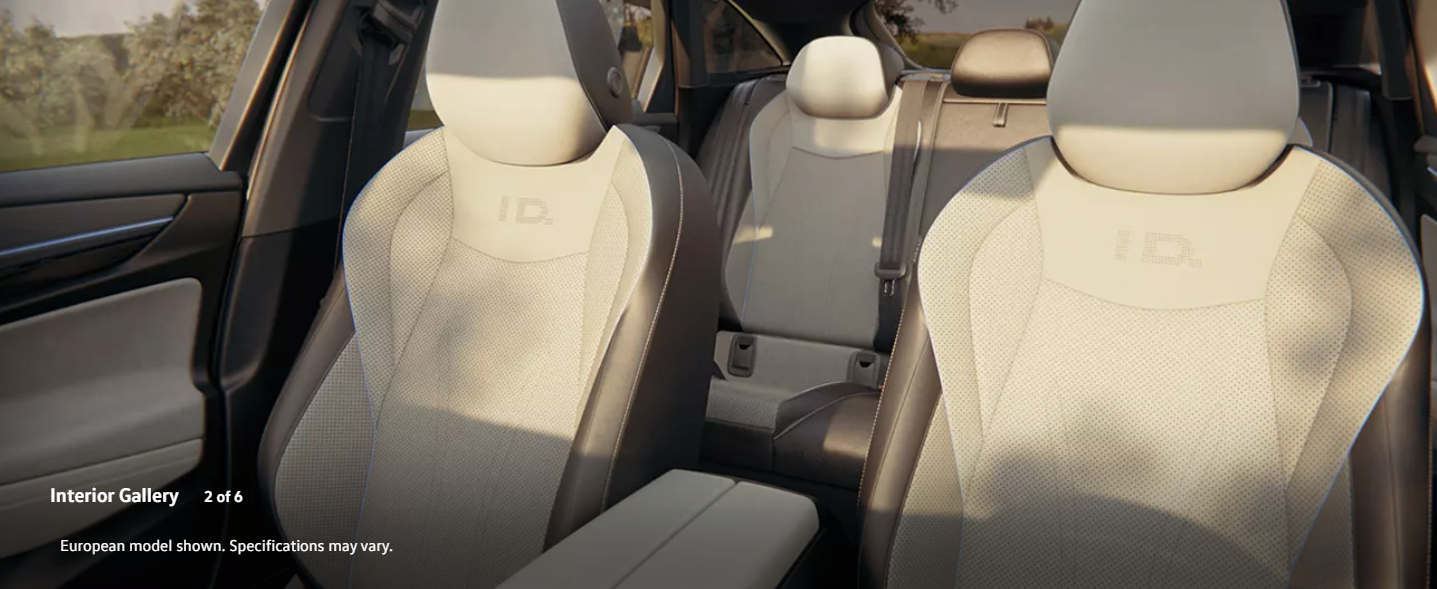
I never needed or desired the ID.7 to be a spacecraft.
Even in sport mode, the throttle is relaxed, the brake pedal is long and soft, and the steering is slow, but none of it disturbed me. I was too preoccupied with relishing the journey and the superb Harman Kardon audio system.
I understand that everyone is curious about the range. I can tell you that with the 82kWh battery pack we’ll get in the U.S., I could theoretically go 230 miles based on my average of 2.8 miles per kilowatt-hour. But the majority of my testing was done in below-freezing weather during a winter storm. Along the way, there were also a good number of acceleration tests.
Stated differently, the worst-case situation. Volkswagen estimates that the European WLTP test will cover 386 miles. Without an official EPA test result, we are unable to make a firm determination, but 320 miles seems like a fair estimate for the US model.
It’s unfortunate that we are unable to provide an exact price at this time as it makes it difficult to propose a product without knowing how much it will cost. Considering the ID.4 and the range of the European ID.7, my estimate would be between $50,000 and $60,000. If the ID.7 were a long, comfortable sedan with the convenience of a hatchback and premium aspirations, it would be a fair price.
That would place the ID.7 more in line with the pricing of the most widely used EVs on the road, the Tesla Model 3, rather than the Model S, even if the former offers more comfort and practicality than the latter. Naturally, it won’t have the speed and will undoubtedly have a shorter range, but as you go over 300 miles on a single charge, the differences become almost insignificant.
But the real question is: Is there a demand for this product here? Volkswagen’s ID.4 has been gaining traction in the US market even though it hasn’t exactly taken the world by storm. nearly 80% more EVs were sold in this country last year, accounting for nearly 10% of VW’s total sales. With sales increasing 10% for the entire year and 40% for the most recent quarter, VW had a great year overall.
While interest in Volkswagen’s electric vehicles is growing, sedans aren’t particularly in high demand at the moment. It’s difficult to picture the ID.7 achieving blow-out popularity so soon after the Arteon, which was never a big seller.
The ID.7 is an excellent substitute for the Hyundai Ioniq 6 on the lower end or the Tesla Model S on the higher end. It is really good. I’ll choose one of these over the other if the price is appropriate. However, I have a terrible feeling that everyone will only be talking about that VW when the ID.Buzz eventually surfaces.
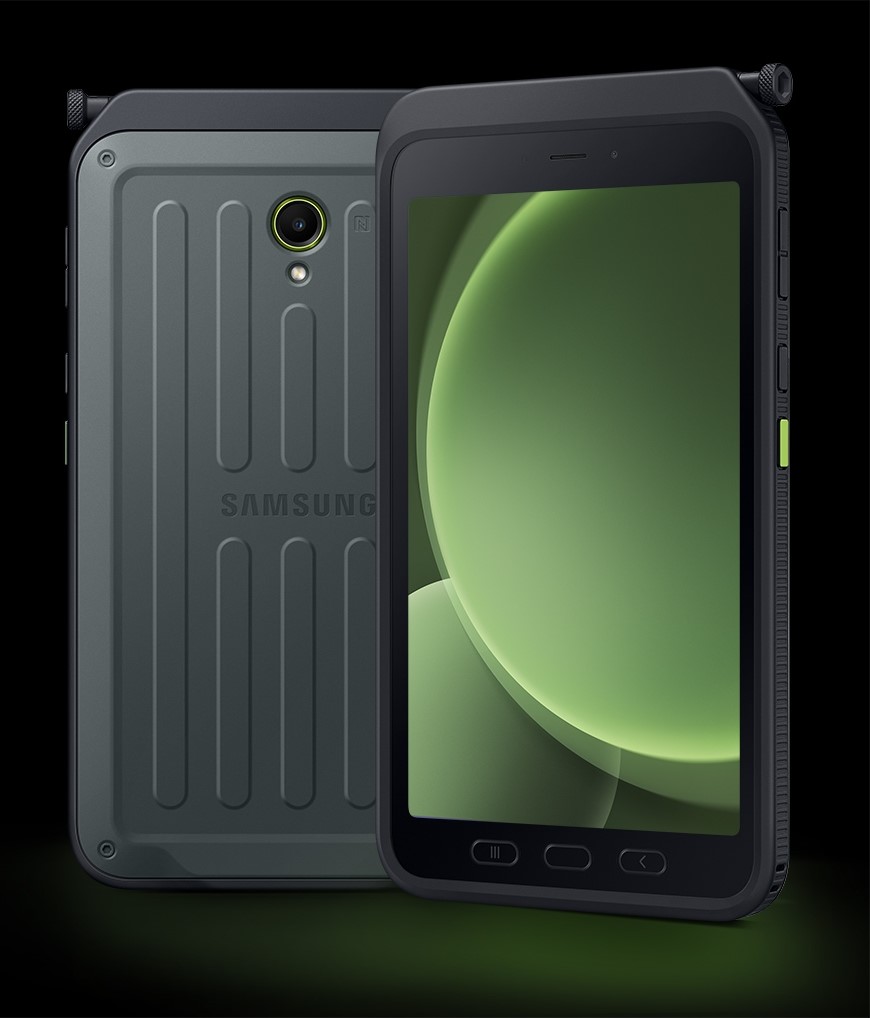
Unleashing Productivity: Samsung Galaxy Tab Active5 5G Review
The Samsung Galaxy Tab Active5 5G is a ruggedized tablet

Top 5 Cloud Storage Management Service Of 2024
Since it provides a safe and easy method of storing,
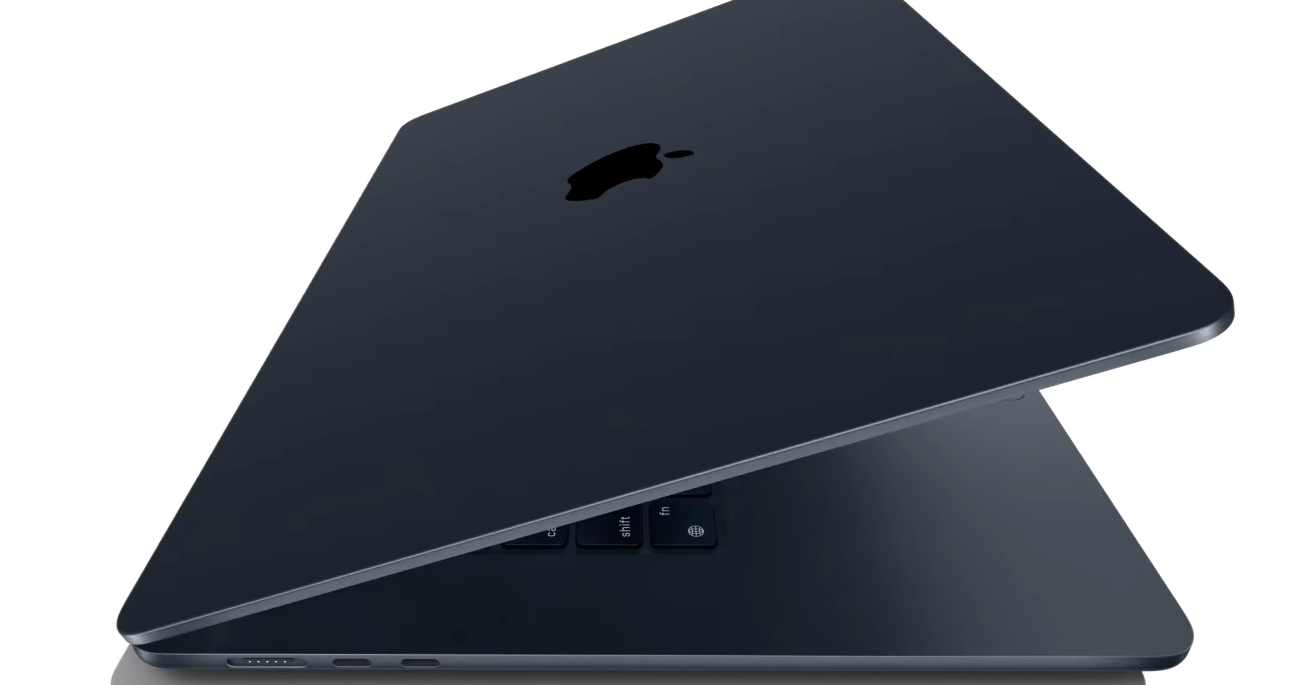
Top 5 laptops for Writers in 2024: the top picks for Authors, bloggers, and Journalists
High-end performance specs are not as important as mobility, long
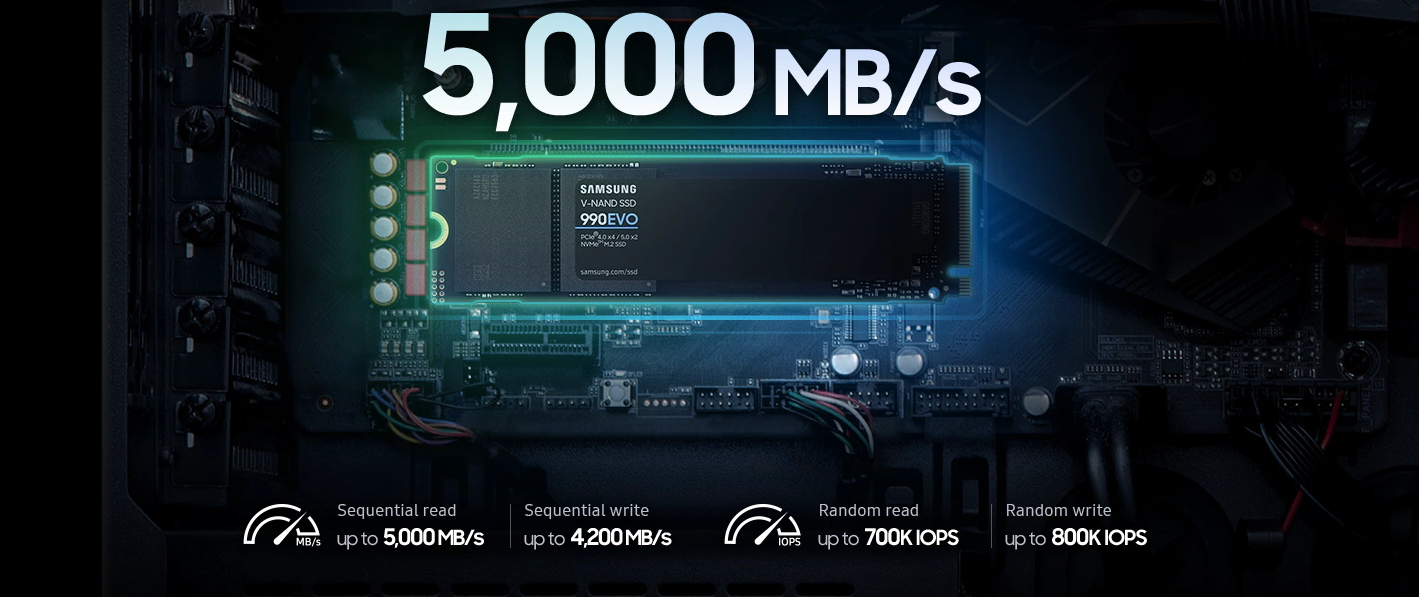
Next-Gen Performance: Samsung 990 EVO SSD Review
Samsung has long been a major player in the solid-state

Top Firewall Software 2024 Defending Your Digital Stronghold
Strong firewall software is crucial for safeguarding your sensitive data
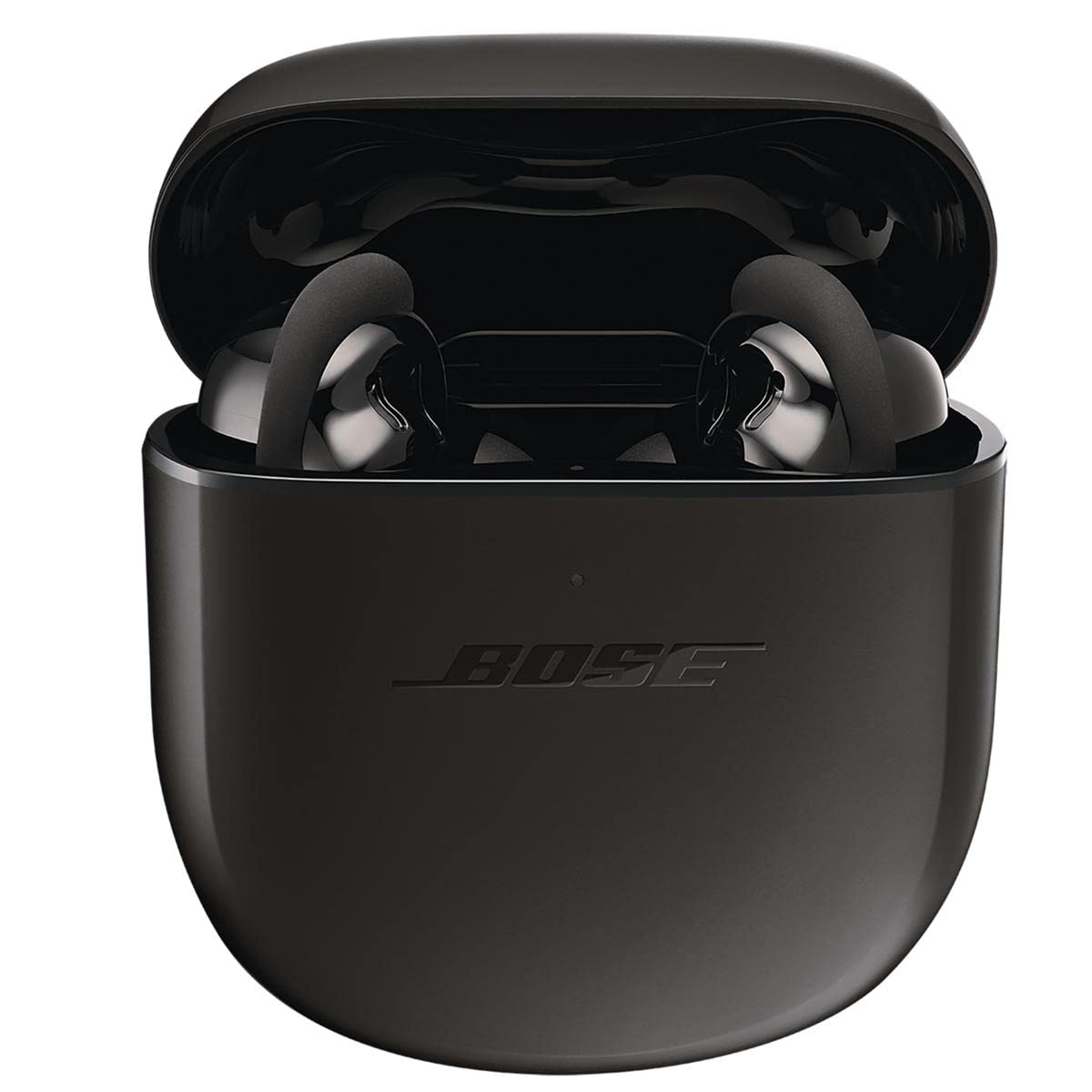
The Greatest Earbuds of 2024: Wireless and Wired Options for All Price Points
Earbuds have become a necessary gear for everyone involved in
